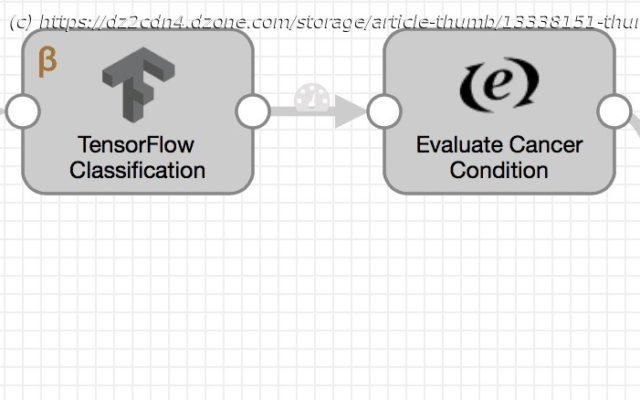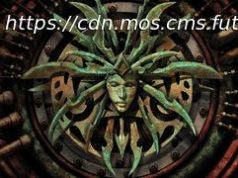This article illustrates the use of the newly released TensorFlow Evaluator in Data Collector 3.5.0. Look at real-time Machine Learning with TensorFlow.
Let’s be friends:
Comment (0)
Join the DZone community and get the full member experience.
The real value of a modern DataOps platform is realized only when business users and applications are able to access raw and aggregated data from a range of sources, and produce data-driven insights in a timely manner. And with Machine Learning (ML), analysts and data scientists can leverage historical data to help make better, data-driven business decisions-offline and in real-time using technologies such as TensorFlow.
In this post, you will learn how to use TensorFlow (TF) models for prediction and classification using the newly released TensorFlow Evaluator* in StreamSets Data Collector 3.5.0 and StreamSets Data Collector Edge.
*
Note: TensorFlow Evaluator belongs to
Technology Preview family of beta stages and should not be used in production until it has been promoted out of beta.
*UPDATE: As of Data Collector version 3.7.0, TensorFlow Evaluator is no longer considered a Technology Preview feature and is approved for use in production.
Before we dive into the details, here are some basic concepts.
Arthur Samuel described it as: “The field of study that gives computers the ability to learn without being explicitly programmed.” With recent advances in machine learning, computers now have the ability to make predictions as well as or even better than humans and it can feel like it can solve any problem. Let’s begin by reviewing exactly what kind of problems it solves.
Generally speaking, ML is classified into two broad categories:
“Supervised learning is the machine learning task of learning a function that maps an input to an output based on example input-output pairs.” – Wikipedia.
It involves constructing an accurate model, which can predict an outcome when historical data has been labeled for those outcomes.
Common business problems addressed by supervised learning:
Allows us to approach problems with little or no idea of what our outputs should look like. It involves constructing models where labels on past data are unavailable. In these types of problems, the structure is derived by clustering the data based on relationships among the variables in the data.






